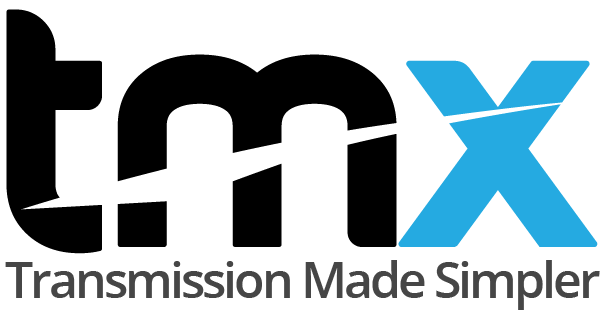If you have implemented the previous three checklist points, this next step should be easy. The hub and spoke architecture is a powerful way to dominate entire topics, not just individual keywords. Not only does this waste link juice, but it also does serious damage to the experience your users get, which has a knock-on effect on many other metrics.
📝 63. External Linking
The easiest way to find out what type of content to create is to take advantage of Google because they already did a great job of understanding what users like for different searches. Besides the above characteristics, you must ensure your content satisfies the search intent. Before publishing any content on your website, you need to understand what type of content users want to see for a given search query. In this post, you’ll learn everything there is to know about on-page SEO. Follow these techniques whenever you publish a new post and improve your search engine rankings. You can increase average pages per session with relevant internal linking, (e.g. related posts/products links), a compelling copy which keeps the reader engaged and overall UX.
Either because they reveal interesting data, contain original insights and reports, or are otherwise entertaining. Covering a topic in depth is no longer enough to sustainably rank well on Google. You can’t just toss together a piece made up of the top-ranking posts’ H2s and call it good. Whenever you publish a new piece of content, try and link to 2-5 other (relevant) pages on your site. Or when you’re using a term you don’t have your own article on already, but you want to provide a useful resource for your readers.
Auto-generated content
This guide explores 13 essential on-page SEO elements, from E-E-A-T and keyword semantics to HTML tags and site architecture. It’s useful to start page by page when incorporating SEO into your site. Pick a webpage, then decide what you want to communicate, the target audience, and what you want someone to do after viewing the page.
Choose keywords with a large search volume so that you don’t waste money on keywords that don’t drive traffic. They will influence users and increase your clickthrough rate (CTR). You’ll attract more people that are interested in your business by optimizing your tags. There are many factors that search engines take into consideration when ranking your site. In fact, 83% of Internet users expect a website to load in three seconds or less!
For example, you can enhance your blog posts’ ranking by organically weaving the missed keywords into the existing content. Search engines use URLs to determine the relevancy of your page. If you want to help your page rank in more relevant search results, you’ll want to optimize your URLs. When you don’t have a clear URL, it makes it difficult for users and search engines to understand your page’s context.
- Visual content — like images, graphics, and charts — play an important role in on-page SEO for several reasons.
- If your focus keyword is “SEO Strategy For SAAS Companies”, it would be insane to load all those keywords multiple times in a page.
- There’s a lot of work that goes into it, and this is for every page on your site.
- However, choosing cheaper hosting services and packages aren’t always the best for page seed.
For example, instead of only targeting “running shoes”, you can add variations of this keyword such as “best running shoes”, “nike running shoes”, “shoes for women”, etc. You just simply want to be using your target keyword at different places within your entire article, without trying to sound spammy. There is an old-school on-page SEO tactic that states that you should use your target keyword once in the first 100 words of your article.
When a page is relevant and useful, Google displays it to the user. Google’s algorithm changes often, but user experience remains a priority. Google recommends focusing on “people-first content,” which means creating valuable content that aligns with user intent is more important than ever. And you’ll get a bunch of related keywords to use for creating content. With a free Semrush account, you can analyze your backlinks to understand your site’s authority and identify bad links that could harm your rankings.
Readers are more likely to click on them, and search engines will be able to decipher them easily too. Another under-appreciated on-page SEO best practice is internal SEO Anomaly linking. This refers to linking to other pieces of content on your site. For example, you’ll notice that many of our blog posts feature related articles in the “further reading” section.



 English
English